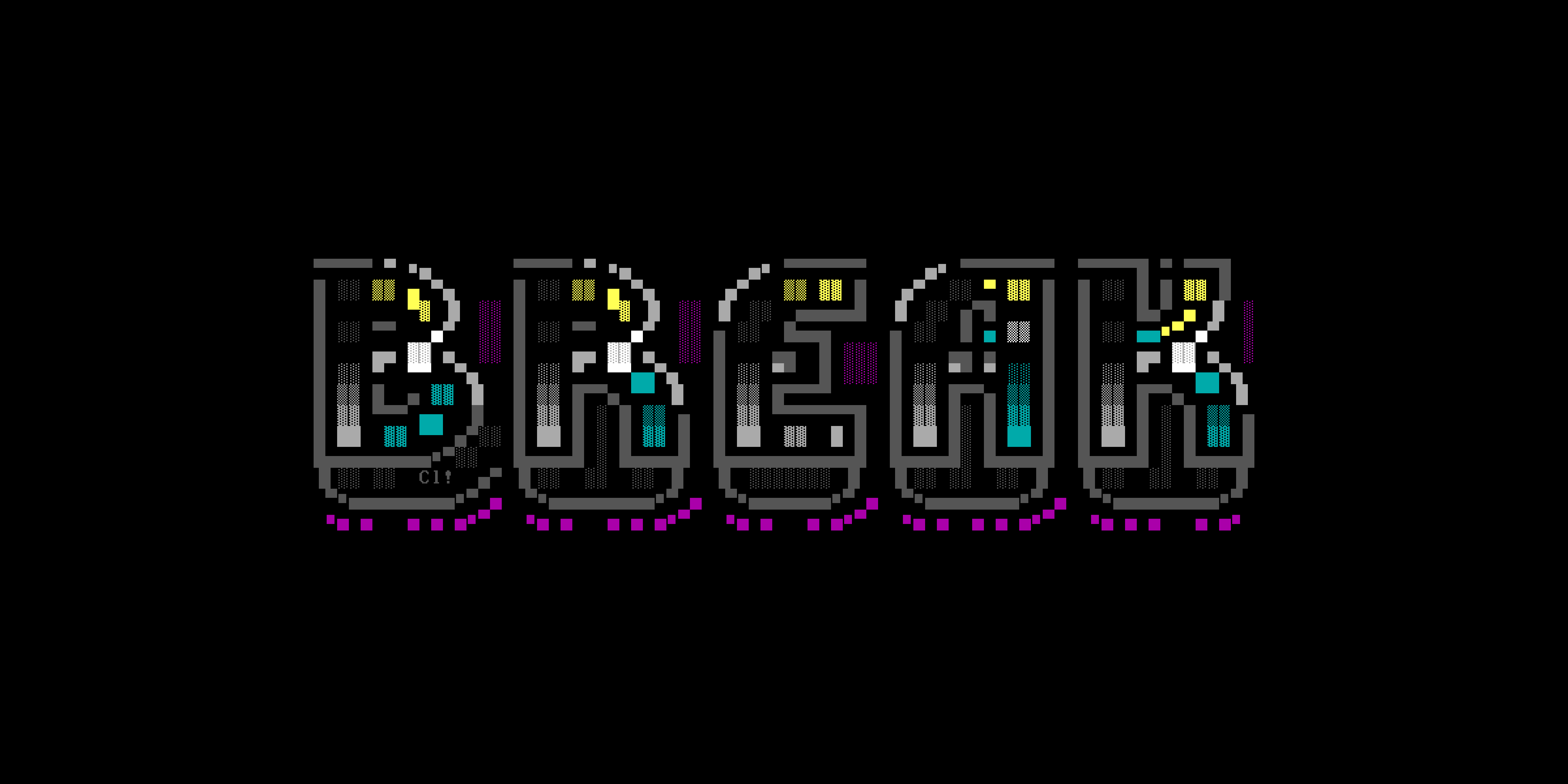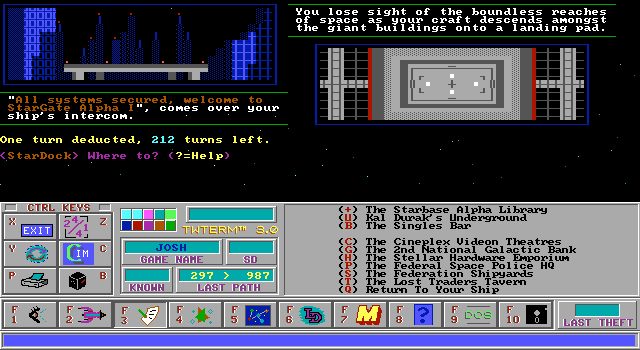This is the fifth installment in my series “A different way to play” about front-end clients for BBS door games.
TWTerm
I was never a very good TradeWars 2002 player. Sure I would trade, hunt for the StarDock, and fight other players — but I was probably just cannon fodder for the serious players. (Check out the textfile Slice’s War Manual, an incredibly detailed guide to TradeWars, for a taste of what the good players were doing.)
In v1.0 of TW2002, Gary Martin made it possible for other programmers to develop mapping tools by adding the “Computer Interrogation Mode” feature to the game. “I knew people would write ‘helper’ programs anyway,” Martin told me in our interview last year, “so I preferred they got the right data from me instead of hacking into the database files.”
This opened the floodgates to the development of many helper utilities by TradeWars fans to help players automate tasks and keep track of the game’s immense universe.
TWTerm was a tool for serious players, developed by Will Boyett. It is unlike the previous front-ends I have described, which were created by (or under the supervision of) the games’ authors as extensions of the game. No so with TWTerm or any of the other TradeWars helpers. Gary Martin told me in our interview that he never tried any of the helper utilities himself and never worked with any of their authors.
Strategy BBS games like TradeWars have sometimes been derided as “keyboard mashing games” because they require players to do repetitive tasks in order to build up wealth. TWTerm’s built-in macros automate many of these types of tasks, like trading at ports. The macros were also designed to haggle smartly and get the best prices.
TWTerm would also help players to map the universe, look for one-way warps or dead-end sectors, and much more. It would store all this data in various files and could display maps to help players visualize how sectors connected. Key pieces of information (like the location of the StarDock) would be displayed in its graphical interface.
And, yes, TWTerm did offer a custom interface, though it was more of a wrapper. TWTerm’s special functions got their own buttons and displays, while the traditional text interface of TradeWars itself was displayed in the middle.
TWTerm also included sound effects and additional graphics to enliven the play experience. Watch the short video clip above to hear a quick sample.
TradeWars was popular enough to foster its own ecosystem. TWTerm, like many of the other TradeWars helpers, was sold as shareware. Players could pay Boyett a registration fee to unlock extra features. Serious players were probably quite willing to do so.
TradeWars remains popular today, and there are still shareware helper programs being developed, like Swath.
READ MORE
Click these links to read the rest of this series about front-end clients:
- A different way to play, part 1: Front-ends
- A different way to play, part 2: Pit Terminal
- A different way to play, part 3: OOIITERM
- A different way to play, part 4: GTERM
- A different way to play, part 5: TWTerm
YOUR MEMORIES
Did you ever use TWTerm or other TradeWars helpers? Share your thoughts and questions in the comments.


Share your thoughts!